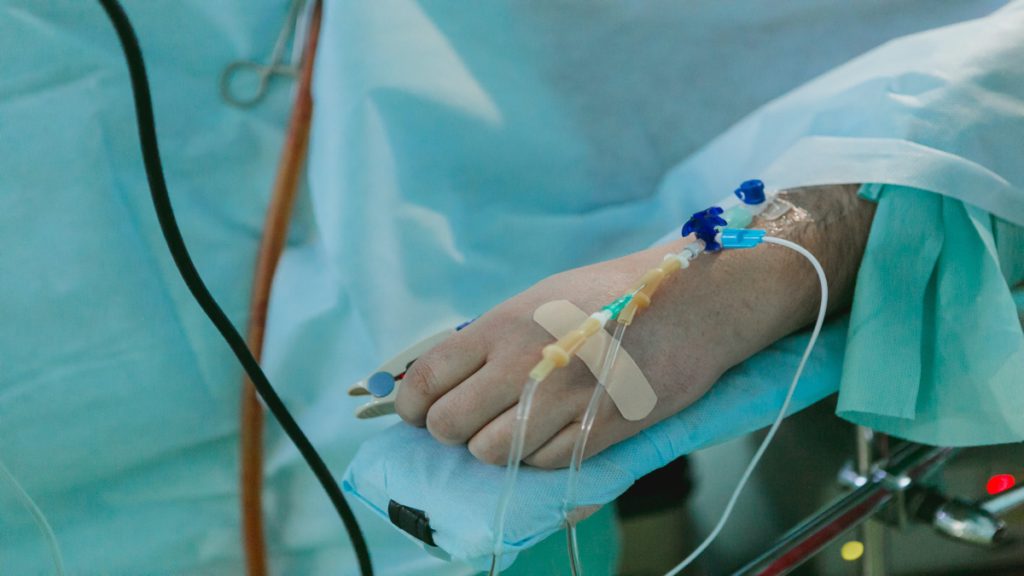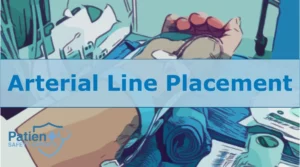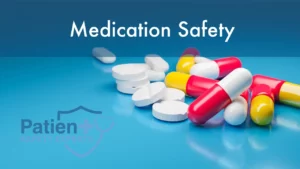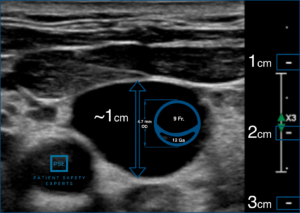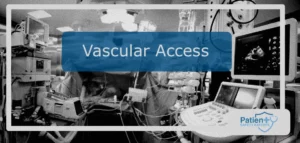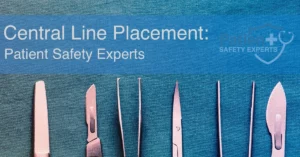If you have received any education on healthcare quality and safety recently, you have likely heard the phrase: high reliability. High reliability is one of my goals as I work to make our hospitals safer. A key part of high reliability at any hospital is having a safe central line placement. Every single time and for every single patient.
For the non-clinical safety experts out there, the central line is an intravenous catheter that is used to access the large central veins of the venous system. They allow professionals to administer blood and blood products in needed very rapidly. The also allow us to administer medications that may prove to be irritating or caustic to the smaller veins of the hands and arms.
Because of the proximity of these catheters to the heart and other vital organs/structures, safety during placement is paramount. The good news is that over the years, with improvements in technology and tools, we have the opportunity to have near-zero harm associated with the placement of these lines.
Safe insertion practices
The key is to have a good process that takes full advantage of our advancements over the years. Don’t just continue to do something a certain way simply because it has always been done that way.
The two biggest improvements to safe central line insertion are the prevalence and improvements in bedside ultrasounds and the old fashioned use of manometry.
These two items go together like a belt and suspenders. They can both work alone but really work well together. To achieve a goal of zero harm, you have to perform each step. Each of them provides a valuable step in preventing unnecessary patient injury.
We have to use ultrasound to help located the vessel.
We have to use manometry to confirm that the vessel that we have accessed is venous and not arterial.
The dangers don’t stop after placement
Central line placement only makes up about 1% of the life of the line. The other 99% of the line consists of care and maintenance. Without good care and maintenance, these lines are prone to becoming infected with the patients’ own flora, potentially causing a catheter-related bloodstream infection (CLABSI)
We have to maintain a sterile field throughout the insertion and get a great first dressing to minimize the risk of a catheter-related line infection (CLABSI)
Tips for the non-clinical leader
The hospital CLABSI rate is often a publicly reported metric and managing this metric often falls the someone other than the professionals inserting and caring for these lines. How do you then improve your CLABSI performance?
First, you need to find a clinical champion to lead the education efforts around safe central line insertion.
Next, you need to make sure the staff inserting the lines have the equipment available to adhere to the central line bundle every single time. A little thing like having to run around to find the proper dressing for the line can result in a line infection a few days later due to excess dressing changes.
Does your hospital struggle with CLABSI?
If your hospital is still struggling with CLABSI feel free to reach out, we may be able to help. We all benefit from safer hospitals and better health care.

